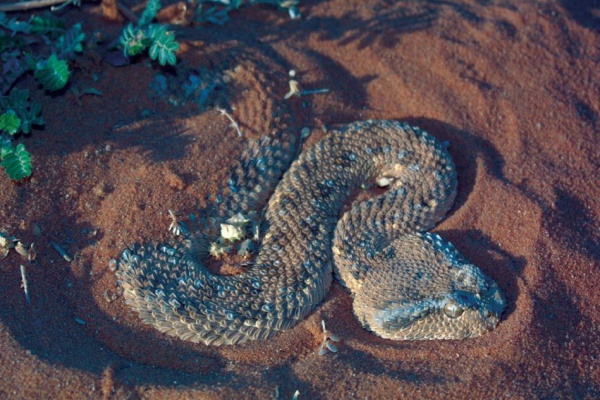Facts About Cerastes gasperettii
The Arabian horned viper, scientifically known as *Cerastes gasperettii*, is a venomous snake indigenous to the Arabian Peninsula. Its distribution extends northward into Israel, Iraq, and Iran. Also referred to as the desert horned viper or Middle Eastern horned viper, it bears a resemblance to *C. cerastes* but inhabits distinct regions. There are no recognized subspecies of *C. gasperettii*.
The species name *gasperettii* honors John Gasperetti, an American surveyor, engineer, and herpetologist who was the first to collect a specimen of this species. These vipers generally measure between 30 to 60 cm, with females typically being larger than males. Their diet primarily consists of rodents, although they also consume insects such as beetles, as well as lizards.
*C. gasperettii* is found in several countries within the Arabian Peninsula, including Saudi Arabia, Kuwait, Oman, Qatar, the United Arab Emirates, and Yemen. Additionally, the snake inhabits the Arava Valley, which borders Israel and Jordan, and its range extends through Jordan and Iraq to the Khuzestan Province in southwestern Iran. The type locality, the location where the first specimen was collected, is identified as "Beda Azan, Abu Dhabi."

 Saudi Arabia
Saudi Arabia